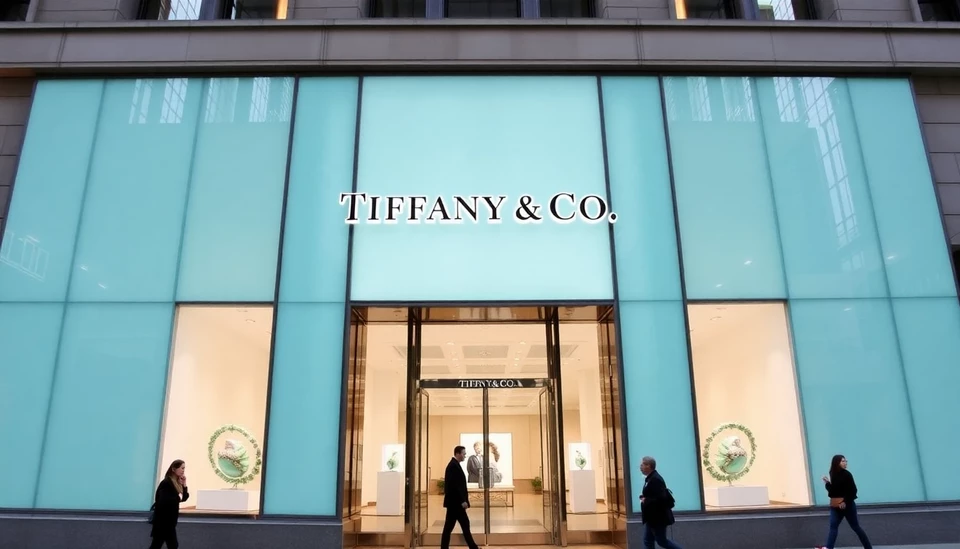
In a development that has sent ripples through the luxury retail sector, Tiffany & Co.'s flagship store in New York City has experienced a notable wave of employee departures in recent months. The exodus is attributed primarily to the overwhelming pressure exerted by increased sales goals that have left many staff members feeling stretched thin and overworked.
As one of the most iconic jewelry retailers in the world, Tiffany has long been synonymous with luxury and elegance. However, the company's ambitious targets, set in the wake of a post-pandemic recovery, have sparked a serious conversation about workplace culture and employee well-being within the organization. Employees characterize the environment as intensely high-pressure, all while the company pushes to enhance its market position following a significant acquisition by LVMH in 2021.
The flagship store, located on Fifth Avenue, has been a focal point of Tiffany's operations and a key player in its brand identity. However, as sales projections have surged amid a rebounding luxury market, the lofty expectations have left some associates questioning whether the rewards justify the demands placed upon them.
Reports suggest that many workers have chosen to leave the company rather than comply with increased demands that include high-pressure sales tactics, longer hours, and a heightened focus on individual performance metrics. While many luxury brands are known for their rigorous sales expectations, the current situation at Tiffany highlights the delicate balance between striving for success and maintaining a healthy work atmosphere.
This trend of staff attrition is not isolated; it points to a broader challenge facing the retail industry as a whole, particularly among luxury goods retailers. With several companies in the sector pursuing aggressive growth strategies, the risks of employee burnout are becoming more apparent, raising questions about the sustainability of such practices.
The management at Tiffany & Co. has acknowledged the challenges and is reportedly seeking ways to refine its approach to sales targets in order to alleviate some of the burden on employees. However, as the company endeavors to navigate this dilemma, the long-term impacts on employee morale and retention remain to be seen. Attracting talent in a competitive labor market while fostering a supportive and motivating work environment will be essential for the luxury retailer's future success.
As Tiffany tries to strike a balance between profitability and workforce satisfaction, the luxury brand’s next steps will be crucial. The story unfolding at Tiffany & Co.'s flagship is not just about numbers; it's a reflection of evolving expectations in the retail landscape regarding employee treatment, work-life balance, and corporate responsibility.
As consumers witness these changes, the decisions made by one of the world's most beloved jewelry brands could ultimately reshape the industry and influence how luxury brands interact with their workforce going forward.
In conclusion, the situation at Tiffany's flagship store underscores a significant moment for luxury retail, signaling a need for companies to reassess their operational philosophies while ensuring that they not only chase profitability but also prioritize the well-being of their valued employees.
#TiffanyCo #LuxuryRetail #EmployeeExperience #SalesPressure #WorkplaceCulture
Author: John Harris




